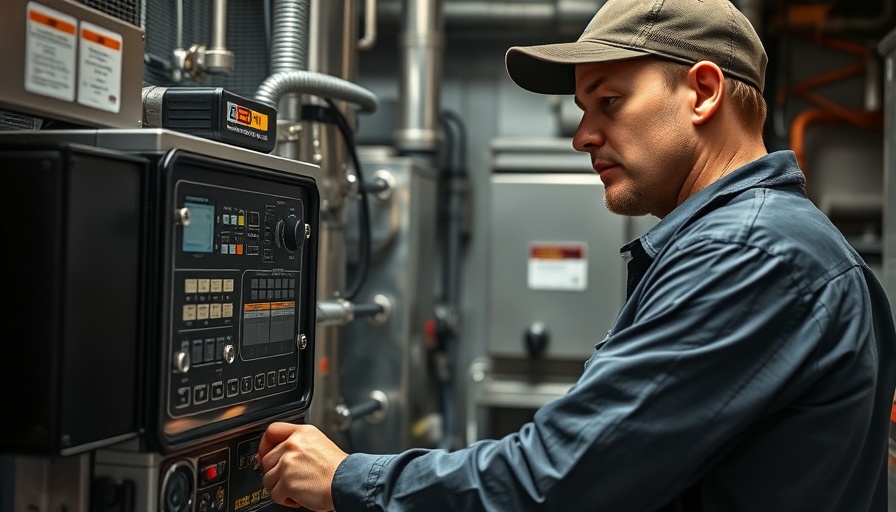
The Push for Changes: Understanding EPA’s Technology Transitions Rule
The Environmental Protection Agency (EPA) has recently found itself at the center of a heated discussion surrounding its Technology Transitions Rule. This rule was initially framed as a vital step towards modernizing regulations pertaining to refrigerants used in various cooling systems, such as HVAC, but now faces mounting pressure from both industry stakeholders and environmental groups.
Historical Overview: The Birth of the Technology Transitions Rule
Introduced amid growing concerns about climate change and the environmental impact of refrigerants, the Technology Transitions Rule sought to phase out the use of hydrofluorocarbons (HFCs), potent greenhouse gases linked to global warming. As technology evolves, so does the need for adapting regulatory frameworks to reflect these advancements, aiming ultimately for a more sustainable environment.
The Industry Response: A Divided Front
While some in the HVAC sector praise the EPA’s intentions to safeguard the planet, others have expressed concern about the potential economic implications of the rule. Companies argue that the mandated shift to new refrigerants often comes with high costs, increased complexity, and a steep learning curve, particularly for legacy systems still prevalent in numerous commercial and residential settings.
The Environmental Imperative: Why This Matters
Environmentalists contend that without stringent regulations like the Technology Transitions Rule, the opportunity to mitigate harmful impacts on our climate may slip through our fingers. With scientific evidence supporting the urgency of reducing greenhouse gas emissions, the EPA’s leadership in regulation is deemed essential for progress.
Looking Ahead: What’s Next for Regulators and Industries?
As the situation continues to evolve, it becomes apparent that both the EPA and industry players must engage in meaningful dialogue in order to find a balance that allows for technological advancement while simultaneously addressing environmental concerns. Future guidelines could potentially lean towards providing more support for transitioning companies, ensuring they are well-equipped to make this important leap for our planet.
Conclusion: The Need for Collaboration
In the grand scheme of environmental policy and technological advancement, the discussions surrounding the Technology Transitions Rule are emblematic of larger issues at play. As both sides of this contentious debate grapple with differing challenges and perspectives, it is crucial that cooperative solutions be sought to set the stage for a greener future.
 Add Row
Add Row  Add
Add 




Write A Comment